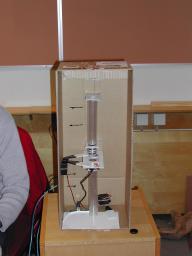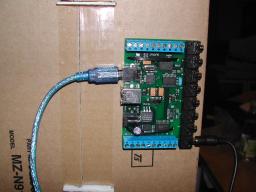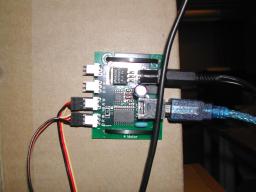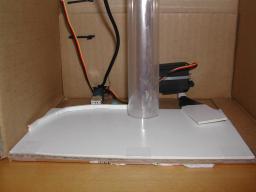Ubiquitous Computing
Summary
Introduction
Ubiquitous means "omnipresent", in the meaning of everywhere, all the time. This course is about making computers available at all times, in an invisible manner.
This is a technology-driven area, where creative people take great fun by inventing stuff and developing new ideas by experimentation (so yes, scruffies rule here !).
Nowadays, computers can be organized into 3 main categories :
- PC-Windows computers, with the standard interaction paradigm - pointer / keyboard / window layout. We use "PC" with a large meaning (including Linux, Macs...).
- We also have digitally-augmented analog devices (cellphones, digital watches, palmtops...),
- And last, we have new interactive devices, based on new interaction paradigms (for example video game consoles).
Three phases of computer usage can historically be entailed :
- 1950-1975 : computers as calculators,
- 1975-2000 : PC, LAN, WANs (computers as design tools, office work, entertainment),
- 2000-2025 : ubiquitous computing ? (wearable PCs, wireless...)
This course will be design-oriented, that means students will have to think and design. Three short design workshops will teach students how to solve problems in groups using their creativity. The design workshop will be free - students can work on whatever project they like as long as it interacts, communicates, and uses the real world in some way.
Students will work in groups of 4, and have two separate labs with toolkits (phidgets) and machines to work on.
An individual essay should also be written by each student.
But back to the course.
Ubiquitous computing is a wide area, which can be divided into five main categories :
- Augmented / mixed reality : the former is the addition of digital information over the real world, the latter is creating illusion of 3D objects in the real world,
- Graspable / Tangible User Interfaces : defining new user interfaces using simple components and physical space ; taking advantage of well-trained human tactil senses.
- Wearable computing : computers to help human being increase its natural abilities (vision, memory, ...) ; worn or so.
- Context awareness : how should a computer interpret human interactions and needs based on the physical context ; and how do human know how their actions are interpreted.
- Ubiquitous / Pervasive computing : networking of vast amount of different devices, with problem of apparition / disparition of machines ; information sharing, and so on...
First session homework : read the two articles (Pervasive Computing : Vision and Challenges, by M. Satyanarayanan ; and The Computer for the 21st Century by Mark Weiser), and mail 2 well-formulated questions about the Ubiquitous computing field to the teacher :).
Projects
Here are some pictures of our second project, made using what we call Phidgets : actuators and sensors working on the real world. We also worked with lego mindstorms, but do you really care ?
 |
 |
 |
 |
 |
 |
Whack the Mole !
Whack the mole was our last ubiquitous computing project. It has a special page, designed by Sauel Sj÷berg, which I mirror on my website.